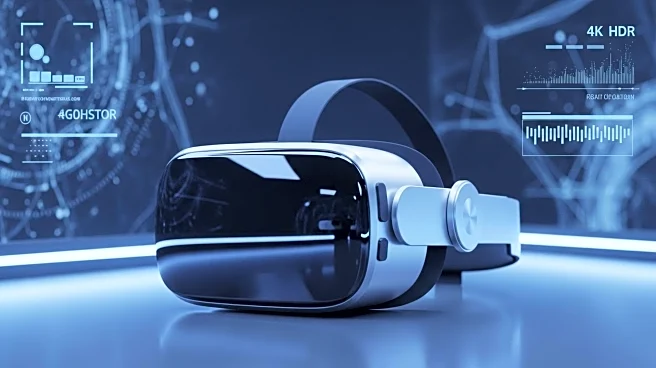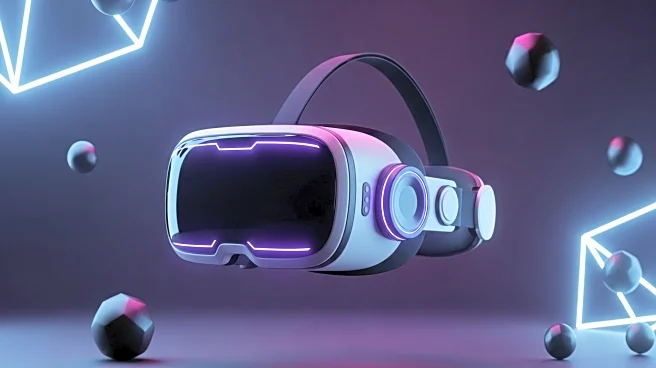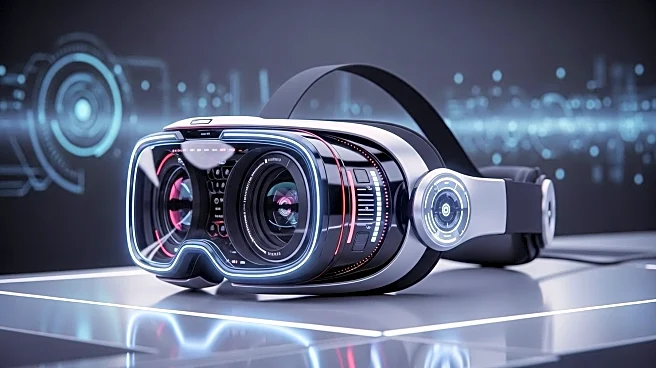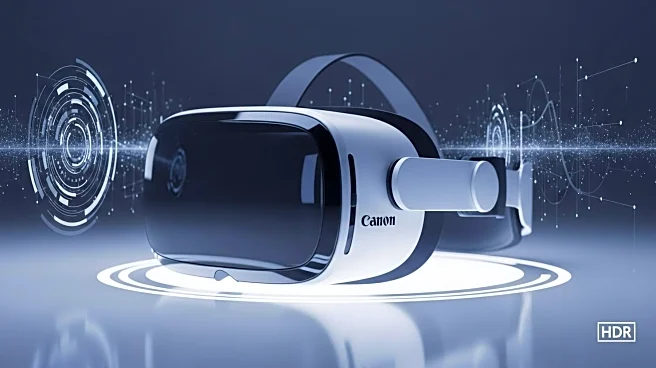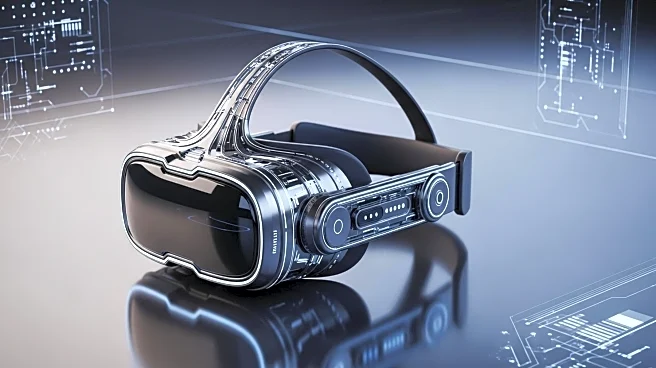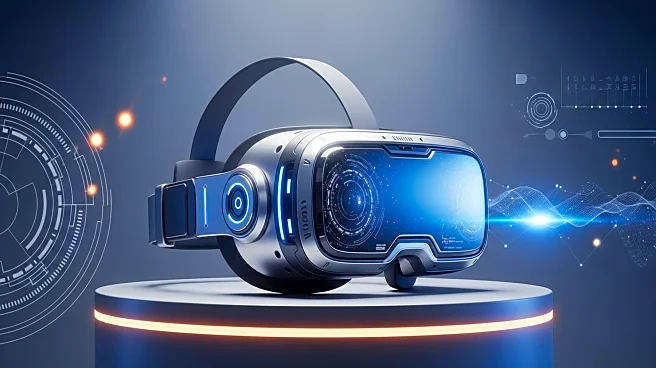What is the story about?
What's Happening?
Sales of VR headsets have declined for the third consecutive year, despite advancements in technology and features. Meta's Connect conference highlighted a lack of major announcements for mixed reality and virtual reality, with exceptions like Pimax's Dream Air headsets and Samsung's Project Moohan XR headset. Pimax's headsets, delayed until December, offer impressive specifications such as 4K resolution and a motorized self-tightening headstrap. Meta's Reality Labs revenue fell 6% due to decreased Quest sales, and the Quest 3S headset faces challenges like discomfort during extended use.
Why It's Important?
The decline in VR headset sales suggests that despite technological advancements, consumer interest may be waning. This trend could impact companies investing heavily in VR technology, as they may need to reassess their strategies to attract and retain users. The niche appeal of VR headsets, contrasted with the immediate appeal of lighter devices like Meta's Ray-Ban Display, indicates a potential shift in consumer preferences towards more practical and comfortable technology solutions.
What's Next?
Companies may focus on improving user comfort and developing new applications to enhance the appeal of VR headsets. The introduction of lighter, more practical devices could drive adoption, while the high cost and bulkiness of current VR headsets may continue to limit their market potential. The future of XR and VR technology remains uncertain, with potential for growth in specific markets but challenges in achieving widespread consumer adoption.
Beyond the Headlines
The ongoing development of VR technology could lead to new applications in fields such as education, training, and remote work, offering immersive experiences that traditional technologies cannot. However, the high cost and complexity of VR systems may limit their accessibility, raising questions about the democratization of advanced technology.
AI Generated Content
Do you find this article useful?
